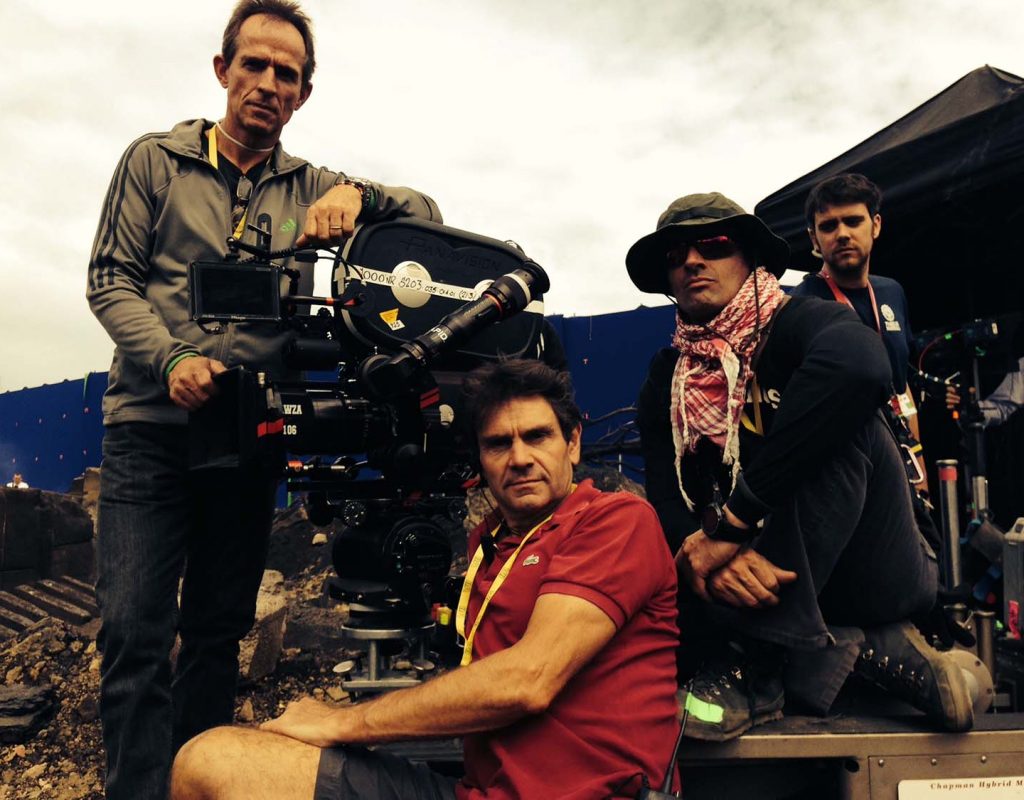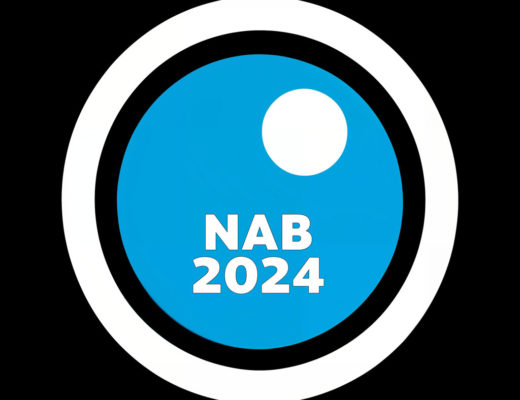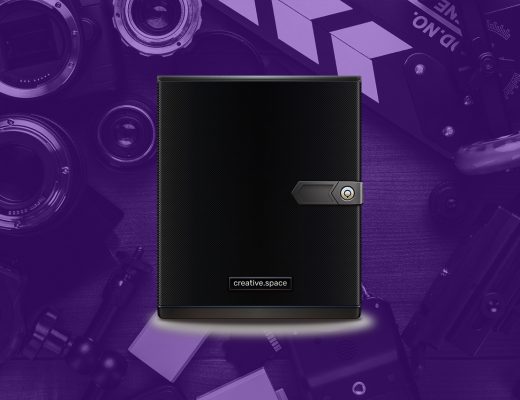While I could blog about change management on the asset level, I will reserve that for a future blog post. I want to take a more global perspective of the change management involved with the implementation and operation of a Digital Asset Management (DAM) solution….within an organization.
Just like many projects today, as soon as we begin implementing and operating a DAM within an organization, we often need to deal with people, process, and technology changes.
So let us say we want a DAM within an organization. Now what?
Posted by Henrik de Gyor on January 25, 2010
While I could blog about change management on the asset level, I will reserve that for a future blog post. I want to take a more global perspective of the change management involved with the implementation and operation of a Digital Asset Management (DAM) solution….within an organization.
Just like many projects today, as soon as we begin implementing and operating a DAM within an organization, we often need to deal with people, process, and technology changes.
So let us say we want a DAM within an organization. Now what?
Install, declare “we have a DAM” and walk away?
Someone else will volunteer to do this, right?
Buy a DAM, upload some stuff, expect people to use it (somehow) and that’s it, ain’t it?
No. Back up unless you want another solution to collect dust (aka shelf baby)
There is a fundamental shift which needs to occur within the organization as soon as we realize we need to implement a DAM, where we will need to deal with changes to:
- People
- Process
- Technology
This involves turning a DAM system into a real DAM solution. If don’t have all three involved and working together, this will not work properly.
- If the people don’t use it, the system becomes a ‘shelf baby’.
- If there is no process (established and documented in writing), how are people supposed know what to do with the system? People are not born with this knowledge.
- If there is no DAM system, the people do not have the technology to manage digital assets throughout an organization. There is no sense pretending you have DAM process if you have no established DAM solution, unless you have a fantasy organization. One would hope we treat our organizations like a business rather than a playground.
Implementing a DAM solution can help resolve many of the bad habits (as described in the twenty point of my first post) when it comes to dealing with the organization’s digital assets.
Digital assets are not going away anytime soon.
Change management can also involve expectation management.
Status quo is not an acceptable way of business, regardless of the economy. No sense in sitting on our laurels because we did something a while ago. What have you done lately? Many organizations lose control (and market share) by resisting change and failing to adapt.
It is your choice to adapt in one of three ways:
- a proactive manner
- a reactive manner
- Ignore it and hope it will go away…like mobile phones and computers (this is the best way to become a dinosaur)
What could this change with a DAM solution look like?
For people, this may involve…
| Before Change
Closed environments Isolated Lacking communication Slow delivery Localized thinking and action Coveting “MY” assets “MY” budget Endless meetings Fear of loosing control Already ‘know it all’ |
After Change
Open environment Collaborative Easier communication Rapid delivery Globalized thinking and action Sharing OUR assets Chargeback for use across organization Fewer meetings using DAM light boxes Empowering by engaging and sharing Willing to learn new things regularly |
For those of us actively using social media, this may already sound familiar. The mindset of “my” assets vs. “our” assets is similar to sharing. After all, if we work for an organization, what we create (e.g. digital assets) while working for the organization is often owned by the organization, so those are in fact “OUR” assets, not “MY” assets. Sharing is good. Otherwise, no one knows these assets exist, even within an organization.
As for process, this may involve…
| Before Change
Pick the cheapest technology available, then find out how to we can conform to the technology’s needs Fragmented training with inadequate documentation presented once Individualized view of workflow Difficult to budget projects Difficult and time-consuming to find assets “I don’t know where it is” Liability to reuse Rights and permissions unknown Subjective process |
After Change
Pick technology which meets our business needs first, then budget for it Training with supporting documentation available online Standardized and documented workflow based on roles Easily report projections for budget per project Easily and quickly found assets Quickly know what we have available Easier to reuse, due to documentation on a per asset level Rights and permissions easily accessible and legible Objective process |
As for technology, this may involve…
| Before Change
We conform to technology Unknown duplication of assets Different applications and versions of software per employee Limited threshold Obsolete=time to update Coveted technology within a department |
After Change
Technology conforms to our business needs Reduce duplication of assets (via check sums) Uniformed sets of applications and versions of software per role Scalable threshold Regularly scheduled updates Technology used across departments throughout organization |
How do we manage change?
To paraphase Peter Drucker, you can not manage change if you do not measure the change, find out what is improving and what still needs improvement. When you have a DAM (and use it), run reports from the DAM regularly (yearly, quarterly, monthly, weekly or more enough if needed). Filter reports and analyze for same factors regularly, measuring the results for each factor. Establish metrics or common measures to use as reference. If results are not steadily improving on a regular basis, analyze why. The reports are black and white (purely objective), but the analysis may be gray (subjective) if you do not establish documented metrics.
- How many users are using the DAM? How often?
- How many assets are in DAM?
- How many assets get uploaded to the DAM (per week/month/year)?
- How many assets are being used (per week/month/year)?
- How many asset are being reused? How many times?
What about management issues?
- We can evaluate employee competencies by running reports and analyzing each individual users’ results as well as group results on a regular basis in order for them to have an objective measure of exactly what can be improved.
- Technical competencies are a must within each role and function, but training is often needed to keep up-to-date with new software versions, so budget the time for employee training. Train with written documentation for workflows. What is different from before? Be clear where questions can be directed to.
- Weigh the option of a weekly report over a weekly meeting with management. Live 360 degree feedback and candor can be very valuable during times of change (which are more frequent nowadays). Some of the best feedback may come on a individual basis rather than as a group, depending on personalities and comfort level.
- Not everyone will embrace nor accept changes overnight. Recognize the issues by listening and find a resolution in order to increase user adoption.
- Sometimes, individuals may not be suited for this type of work and may need to reassigned (or sometimes even shown the door), if:
- They are unwilling to change with the organization
- They demonstrate being a hindrance to results
- Regularly fail to meet the objectives in a timely manner when given adequate support
- If needed, find the links between the DAM reported results per user,
measure their individual ROI and add it as another objective factor in the performance reviews for every DAM user.
- Management as well as stakeholders should be proponents and be model examples to changes.
How do we apply change management?
- Awareness – why is the change needed (document issues and feedback)
- Desire – to support and participate in the change (involvement and leadership)
- Knowledge – of how to change (plan, document, train and share)
- Ability – to implement new skills and behaviors along with time and budget needed (provide training with documentation and have continued support available)
- Reinforcement – to sustain the change (provide support, reports and governance)
- Acknowledgement – recognize top performers within their roles regularly. Point out their key successes and results as goals for others
Charles Darwin said, “In the struggle for survival, the fittest win out at the expense of their rivals because they succeed in adapting themselves best to their environment.” In this context, it is not the strongest who survive, but rather ones who best adapt to change.
How do you manage change and DAM in your organization?

Filmtools
Filmmakers go-to destination for pre-production, production & post production equipment!
Shop Now
![What does DAM have to do with change management? 3 Reblog this post [with Zemanta]](http://img.zemanta.com/reblog_c.png?x-id=1b538f50-568a-483d-96c7-57656b4b5478)












